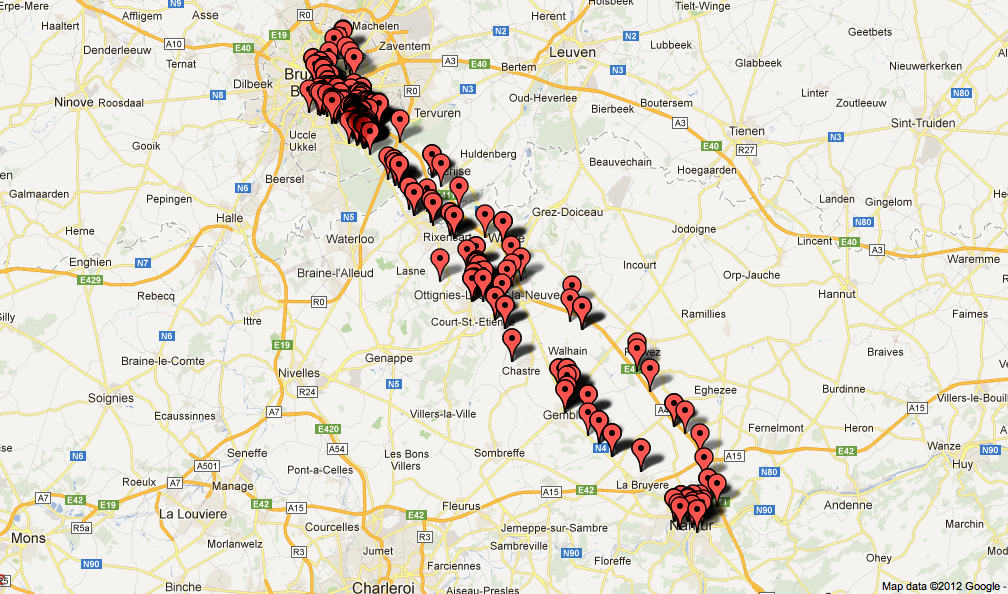FAQ
How to use it?
When the App is opened for the first time, it starts to track the motion of the user, and to detect closeby train stations. After a first train trip, you should see a list of stations where your train has passed. After your train has arrived with a delay of more than 15 minutes, select the station of origin (left column) and the station of destination (right column), and click "Is late", and follow the instructions. Please remember that the App needs an Internet connection when you declare a delay. For Android users, we have implemented the following feature: at the top of the list of stations, you will find stations where you often declare delays.
What is my user ID?
When you install the App, you automatically receive a 6 digit user ID. As an option, this ID can be linked to an email address. You can also set up a password, so that you can access you account from any computer. Attention: if you uninstall the App, and reinstall it, you will, by default receive a new user ID.
Right to compensation. When? How much? In which form?
For more information on your rights in case of a train delay, please have a look at the official webpage from SNCB. In a nutshell, you
will be reimbursed at 100% of the value of a one-way journey if the delay is of at least 60 minutes (occasional long delay). In case of multiple delays within a 6 month period, the rules are:
A minimum of 20 delays of at least 15 minutes reimbursed for each delay at 25% of the value of a one-way journey.
A minimum of 10 delays of at least 30 minutes reimbursed for each delay at 50% of the value of a one-way journey. You receive your compensation in the form of vouchers.
How do the apps collect data?
Our apps run in the background on your mobile device and are designed to have minimal impact on battery life. For this reason, the app does not record your position continuously via GPS, but tracks only significant changes in position determined by your device API, via GPS, WI-FI access and triangulation of cell phone towers. The app uploads data to our servers when a train delay is declared.
Is my profile anonymised?
We do not hold any personal information from you. Your account is only associated to your username. We give you the option to enter your email adress for improved services, but this information is encrypted and not made available to researchers. So yes, your profile is anonymised.
Does the app impact on my battery?
We have optimized our code to minimize energy consumption. You should not feel any significant impact.
Can I stop being tracked?
If you disable location-based services on your device, the app will not collect or store location information. You may enable or disable location-based services at any time. If you want to leave our services permanently, simply delete the app on your phone, and erase your online account to remove your data from our data-base.
What is the spatial and temporal resolution of the data?
It varies from meters to hundreds of meters depending on the type of technology used to track your position. Your position is not tracked at regular time intervals, but when your phone detects significant changes in position. As an illustration, the following figure shows the data generated for a period of one week for a user commuting between Namur and Brussels (by train or by car, as can be seen from the map). 410 points have been gathered during this time period.

What type of research will be performed?
We aim at building statistical models reproducing observed mobility patterns. The data will also be analysed in cooperation with the Groupe de Recherche en Transport to sense in real-time the state of the Belgian railway system.
Why does it matter?
It is the way we move and interact that determines the transfer of ideas, goods and diseases at the national and international level. Improving our understanding of how people organize and operate is a key to find efficient solutions to problems related to public health or urban planning.
Where does the railway information come from?
We use data from http://project.irail.be/api.
